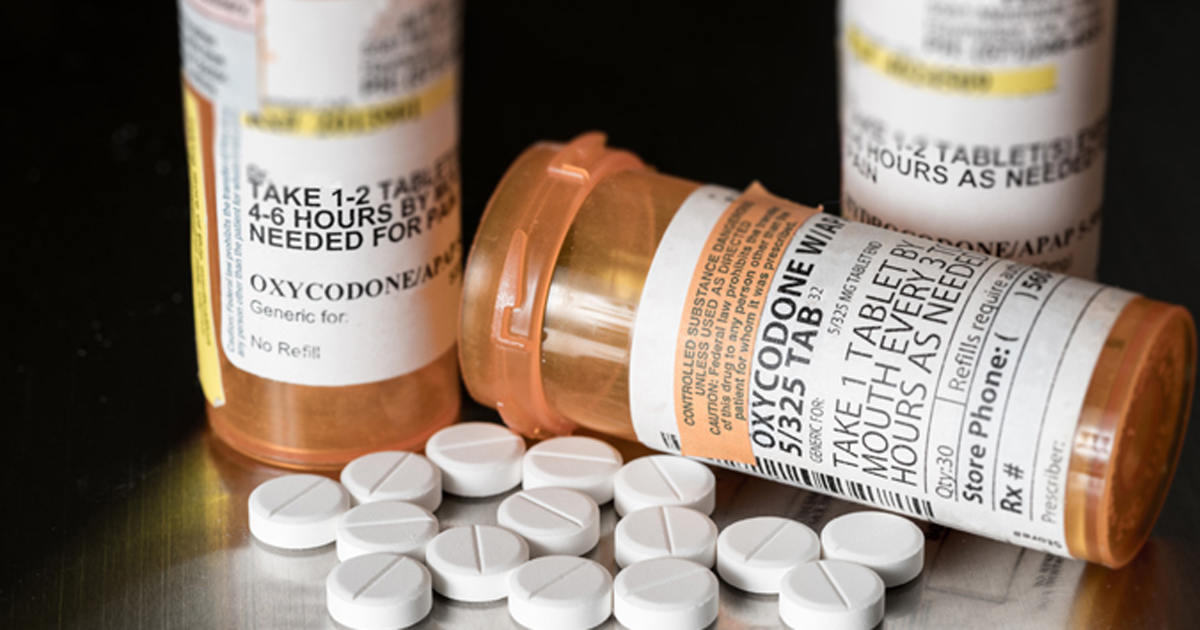Risk for continued opioid use doubles when first administered during hospital stay
Patients who were administered opioids for the first time during a hospital stay had nearly double the risk for continued use after discharge compared with hospitalized patients who were not given opioids, according to study results published in the Annals of Internal Medicine.
Previous studies found increased rates of long-term opioid use among patients who were discharged from the hospital, including one study that found that 13% of opioid-naive surgical patients had extended outpatient opioid use.
“However, little is known about the timing, duration, and inpatient setting of opioid administration or whether particular inpatient patterns of use correlate with long-term use after discharge,” Julie M. Donohue, PhD, of the department of health policy and management at the University of Pittsburgh Graduate School of Public Health, and colleagues wrote.
To evaluate opioid use among opioid-naive hospitalized patients, researchers conducted a retrospective cohort study to link inpatient and outpatient electronic medical records from patients in the UPMC Health System between 2010 and 2014.

Researchers measured the number of days opioids were administered during hospital stays and any opioid use at 90 days and 365 days after discharge. Continued opioid use after discharge was determined based on filled opioid prescriptions or self-reports from patients.
A total of 191,249 admissions among 148,068 opioid-naive patients were evaluated for the study. Opioids were administered in 48% of all admissions and patients received opioids for a mean of 67.9% of their hospital stay. Nonopioid analgesics such as NSAIDs or acetaminophen were rarely used prior to opioid administration.
After adjusting for confounders, researchers found that 5.9% of inpatients who received opioids had outpatient use at 90 days, compared with 3% of patients without inpatient opioid use (difference = 3 percentage points; 95% CI, 2.8-3.2).
Those who received opioids less than 12 hours prior to discharge were more likely to have opioid use at 90 days compared with those who had at least 24 opioid-free hours before discharge (7.5% vs. 3.9%; difference = 3.6 percentage points; 95% CI, 3.3-3.9).
Researchers found that the duration of opioid use during hospital stay had modest differences in continued opioid use, with continued use at 90 days after discharge found in 6.4% of patients who used opioids for at least 75% of their hospital stay and 5.4% of patients who used opioids for less than 25% of their stay.
Researchers found similar associations in opioid use at 365 days after discharge.
“These data suggest that opioid prescribing is ‘sticky’ and that any interaction between patients and the health care system that may involve pain presents the opportunity for a rst opioid prescription,” Marc R. Larochelle, MD, MPH, of Boston Medical Center and Boston University, and Amy S.B. Bohnert, PhD, MHS, of the University of Michigan, wrote in an editorial accompanying the study. “Avoiding this rst prescription in opioid-naive patients may reduce incident long-term use and associated harms.”
Larochelle and Bohnert suggested multiple potential interventions based on the study results, including a protocol to pursue nonopioid analgesics prior to opioids during hospitalization and prescribing opioids at lower doses for as few days as possible to potentially reduce long-term use.– by Erin Michael
Disclosures: Bohnert and Donohue report no relevant financial disclosures. Larochelle reports grants from Optum Labs outside the submitted work. Please see study for all other authors’ relevant financial disclosures.

